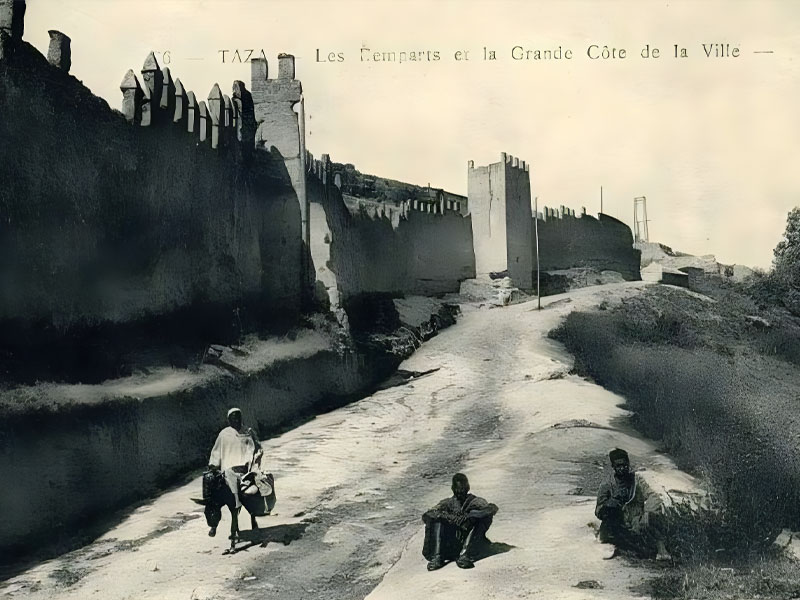Authenticity and the European influence on Moroccan architecture under French colonisation: The example of Taza city
Issue 37

By Jalal Zayin Al Abidin
When we study the buildings constructed in Taza city during the French colonisation of Morocco, we can see that the architecture at this time reflected the changes that were impacting society.
When the French colonised this and other cities, they implemented a special policy regarding buildings and their design, a compromise between the colonial building style and the traditional architecture. This policy reflected the relationship between the colonisers and the colonised.
The policy resulted in a type of duality; the modern and the old part of the city coexisted. The French administration decided that Europeans should not live in the old part of the city so that they would not disturb the Moroccan inhabitants or be influenced by their traditions and customs. To implement this policy, the French built a modern city outside the walls of the old city. This new city was designed to meet the needs of the European residents, with spacious homes that conformed to a particular style, and attractive streets and public areas.
This duality shifted the focus to the new city, leaving the old city devoid of its previous role and function.
The French administration continued to build and add new designs to accommodate the military and to serve the interests of the European minority. This came at the expense of the Moroccan residents, who were marginalised in the old city and in areas with tin shacks.
This building policy led to problems in the city and its suburbs. For example, the marginalised people who lived in the suburbs and in tin shacks negatively impacted the city’s infrastructure.







































































